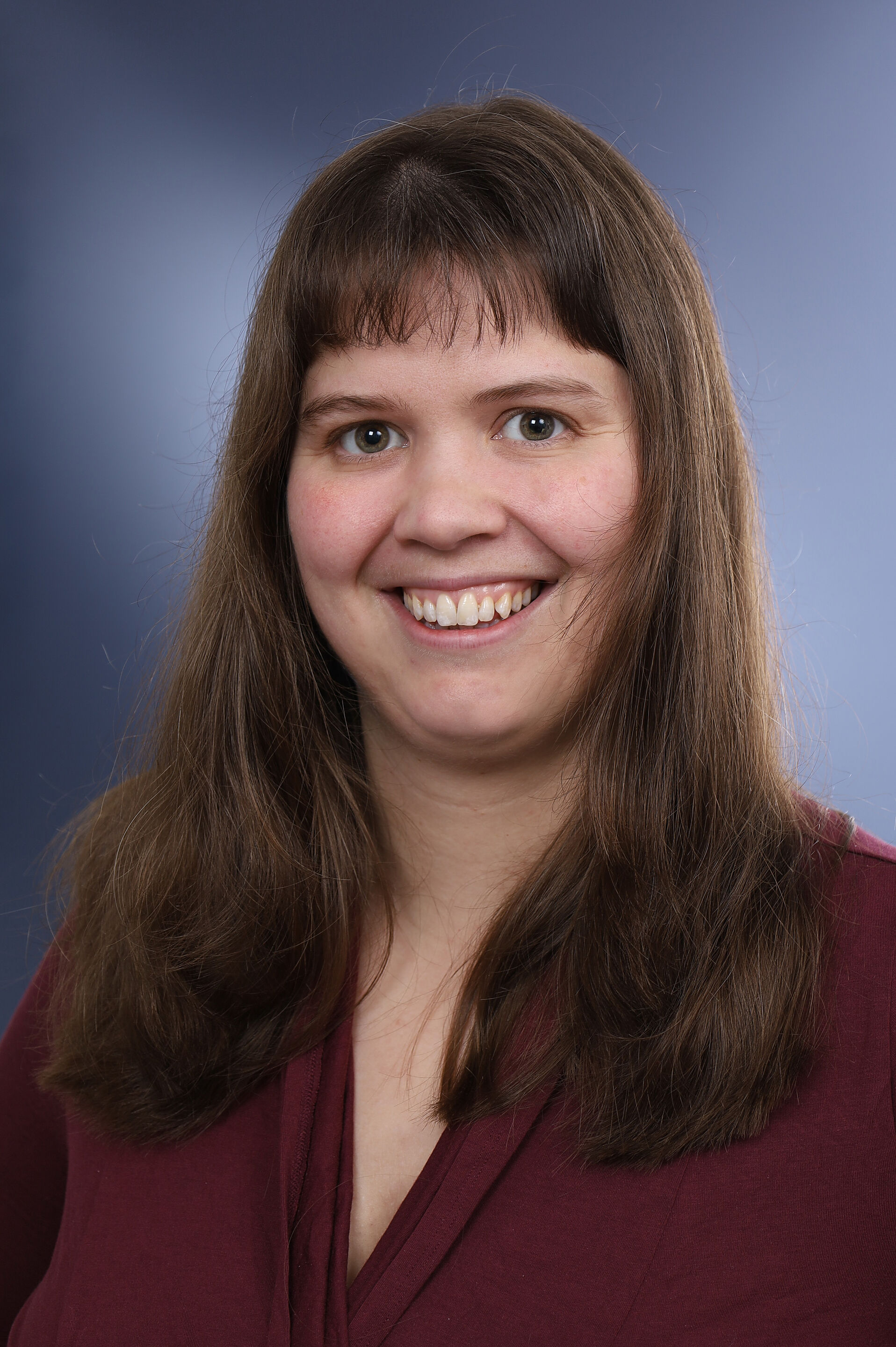The defense will also be live streamed using Zoom. The host of the session will moderate the technicalities while the chair of the defence will moderate the disputation.
The event opens for participation just before it starts, and closes for new participants approximately 15 minutes after it has begun.
Trial lecture: 'Carbon cycling across ecosystem boundaries impacted by global change - a discussion of relevant mechanisms'
Time and place: June 14, 2024 10:15 AM, Nucleus, Bikuben, Kristine Bonnevies hus
Main research findings:

My thesis is about how an increase of terrestrial dissolved organic matter (terrDOM) – thus all organic matter (OM) originating from the land (eg. plant detritus) that is breaking down into very small particles and entering different waterbodies– affects contaminant uptake in organisms that filter water for food. This is very relevant, because, in recent years, more and more “browning” of waterways was observed, which is due to more of the darkly coloured terrDOM entering waterbodies. My focus was specifically on the ecotoxicological implications of this trend. For this, I first analyzed DOM dynamics in two fjord systems with either high or low DOM concentrations (addressing the question: what can be found in nature?), before running two experiments with two different filter-feeders to see, whether they take up more of a lipophilic contaminant when exposed to terrDOM compared to marine DOM (eg. phytoplankton), a mix, or only seawater. I expected terrDOM to lead to the highest accumulation of the contaminant since it is known that lipophilic contaminants can absorb well to terrDOM. However, in my experiments, it seemed like accumulation was higher in the DOM types containing marine DOM, although all types of DOM lead to higher accumulations than only seawater.

Adjudication committee
Prof. Mirco Bundschuh, Department of Natural and Environmental Sciences, University of Kaiserslautern-Landau (RPTU)
Prof. Gunnhild Riise, Norwegian University of Life Sciences (NMBU)
Prof. Bastiaan Star, Department of Biosciences, University of Oslo
Chair of defense
Prof. Bente Edvardsen, Department of Biosciences, University of Oslo
Supervisors
Prof. Katrine Borgå, Department of Biosciences, University of Oslo
Prof. Tom Andersen, Department of Biosciences, University of Oslo
Senior Research Scientist Anders Ruus, Norwegian Institute for Water Research & Prof. II at the Department of Biosciences, University of Oslo
Prof. Dag Hessen, Department of Biosciences, University of Oslo
Ass. Research Director Amanda Poste, Department of Arctic Ecology, Norwegian Institute for Nature Research (NINA)